Pet Preparedness: A Disaster Plan for Dogs
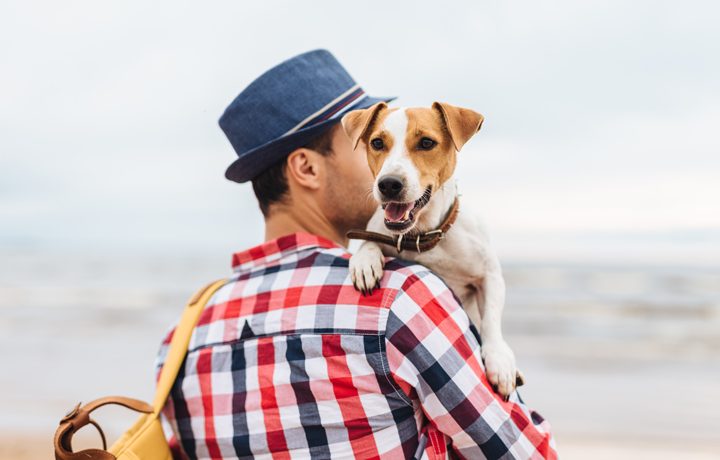
There’s no question about it. You love your dog. A lot. You walk him every morning, play with him each evening after work, share the bed with him at night, and buy (or make!) him the best food and treats. But there’s another important way to show your dog you love him: having a disaster plan.
Depending on where you live, you and your dog may be at risk of experiencing different natural disasters, such as hurricanes, floods, wildfires, or earthquakes. Regardless of where you live, you risk the chance of experiencing a medical emergency, a car accident, or any number of other unfortunate circumstances. What will happen to your dog if something happens to you–or if you have to evacuate or shelter in place for an extended period of time? If you don’t yet have solid answers to this question, this article is for you—and your dog.
Make an Emergency Kit
Regardless of your location, age, or health, maintaining an emergency kit for your dog is an effective way to make sure he will be taken care of should anything happen to you, or in the event that you are separated during an emergency. These kits are helpful in both evacuation and shelter-in-place emergencies. Several staples to include in this kit are explained below.
Recent Photographs
In the event that you and your pet become separated, a recent photograph of the two of you together can help you prove ownership of your dog, thus speeding up and easing the process of becoming reunited. In addition, keeping a recent photograph on your person at all times can provide a visual for people who may have seen your dog if you are looking for him. Be sure these photographs are hard copies, in case communication lines are down or your cell phone isn’t functioning. Keep copies of these photographs in your emergency kit, car glove box, and wallet.
Food, Water, and Medication
Your emergency kit should contain at least three (seven is preferable) days’ worth of food, clean drinking water, and medication for your dog. Store these items in your kit in a dry, cool place and rotate in a new supply every two months.
In addition to the actual supplies, equip your kit with a list of medications and dosages, feeding and medication instructions, and an explanation of any medical or behavioral concerns. In this way, you can make sure a kennel, a boarding facility, or emergency rescue personnel know how to properly care for your dog if you are unable to. Including a list of emergency contacts, as well as contact information for your veterinarian, is also advisable.
First Aid Kit
No emergency kit is complete without a well-supplied first aid kit. Your dog’s first aid kit should include many of the same basic staples as any human first aid kit, though there are some differences. For example, never use human bandages (such as Band Aids) on your dog; instead, use clean cloth and adhesive tape. Unlike a human first aid kit, your dog’s first aid kit should include a muzzle, or a long strip of sturdy fabric that could be used to restrain your injured or frightened dog from biting. The American Veterinary Medical Foundation provides an excellent checklist of items to include in your pet first aid kit.
Important Documents
In addition to the lists mentioned above, your emergency kit should include a list of dog-friendly places to stay in case you need to evacuate. Be sure to list the name, address, and phone number of each facility. Along with these lists, keep an updated copy of your dog’s vaccination records. Many shelters or other emergency facilities may turn away a dog without proof of vaccination.
Equipment
Essentially, your emergency kit should house all the items you need for your dog on a daily basis. In addition to emergency items, don’t forget to include an extra leash, a collar and/or harness, treats and toys, water and food bowls, and plastic bags for waste cleanup and disposal.
Shelter in Place
Some emergency situations may mandate that you stay in your home for an extended period of time to avoid exposure to the elements or other hazards present both during and after a disaster. While your emergency kit provides a solid foundation for sheltering in place, there are a few more precautions you can take for both the human and canine members of your family. To begin with, fill all sinks and tubs with water to help ensure your pack will have clean drinking water for as long as possible. You may also want to leave toilet lids up so dogs can access the bowls as a water source. In addition, keep your dog inside the house. A dog left outside during a disaster is exposed not only to the elements, but also to any debris resulting from the disaster, as well as to attack from other animals.
Evacuation
Some natural disasters, such as hurricanes and wildfires, may require you to evacuate. The first rule of thumb? Never leave your dog behind. The second rule of thumb? Keep your emergency kit in an accessible, convenient location where you can grab it and go at a moment’s notice. In addition, make sure your dog is microchipped or otherwise identifiable to increase your chances of becoming reunited should you become separated.
Where to Go
One of the surest ways to make sure your dog can come with you in the event of an evacuation is to plan ahead. Know not only where shelters are, but also whether they allow dogs. If they don’t, make and keep a list of dog-friendly hotels along your evacuation route. Include in the list the hotels’ names, addresses, and phone numbers. You may also want to determine if any friends or family members who live in unaffected areas would be willing to shelter both you and your dog. Keep a list of their names, addresses, and phone numbers, as well.
What to Bring
First and foremost, bring your dog. In addition to your dog, bring his emergency kit, as well as a crate to contain him if needed. One of the most important items to have on-hand is a copy of your dog’s vaccination records. In an attempt to keep everyone safe, many facilities are likely to turn away a dog whose owners have no proof of vaccinations. To help keep your dog calm and maintain a semblance of normalcy, bringing along one or two of his favorite toys and treats is also wise.
Don’t Panic; Prepare
While imagining yourself and your dog experiencing a disaster is scary, planning ahead can drastically increase the chances that the two of you will come out safe and sound. Instead of feeling frightened about potential emergencies, prepare for them. Adequate planning can make all the difference to you and your dog, and is one of the best ways to tell Fido, “I love you.”
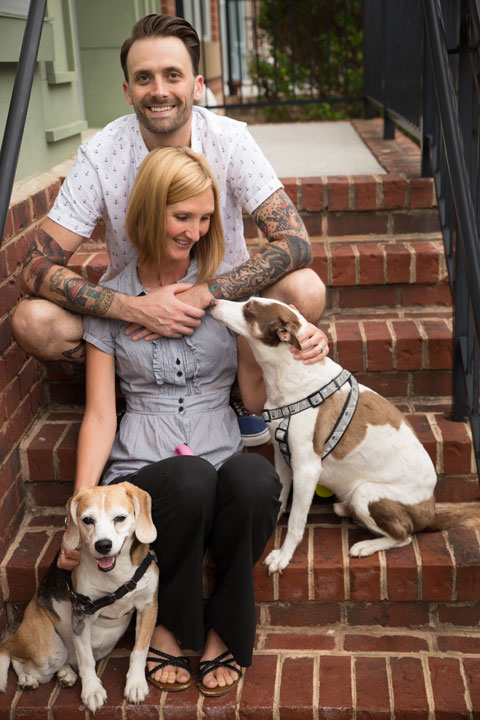
Photo of author with her husband and dogs by Radiant Snapshots
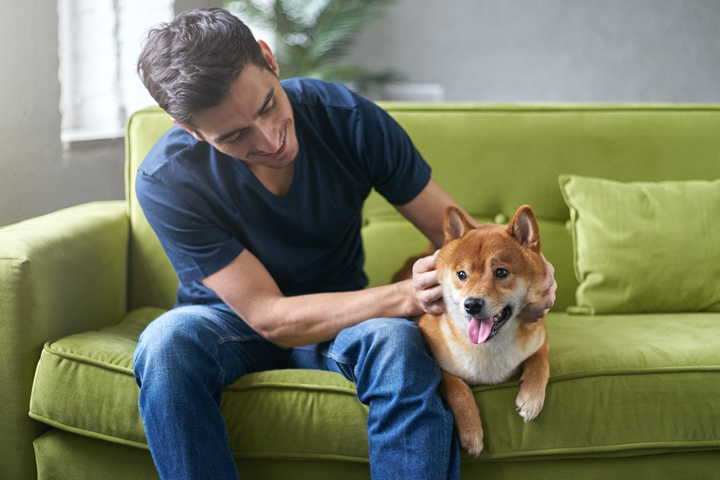
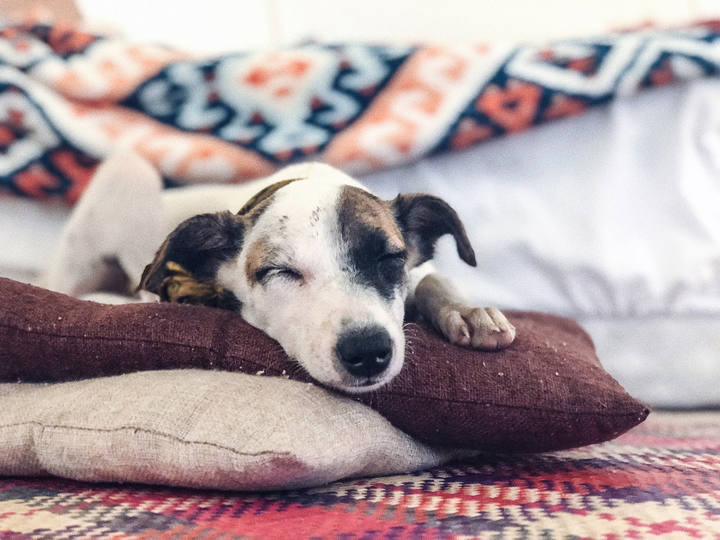


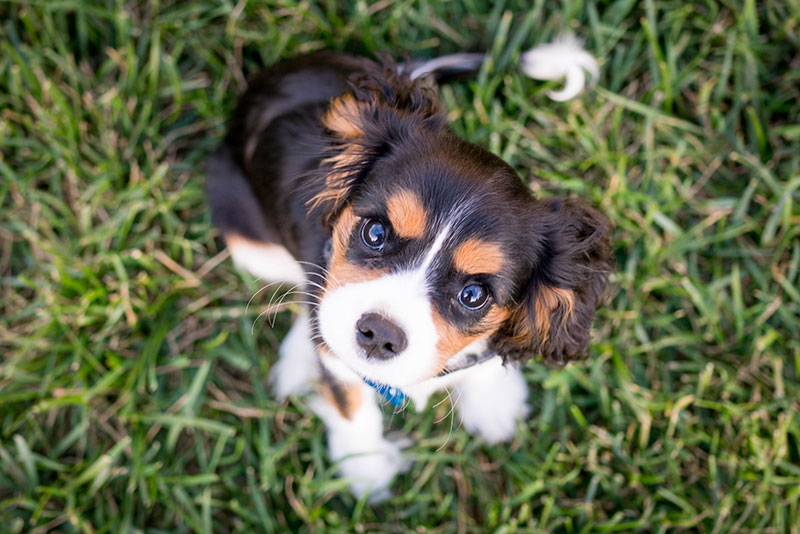



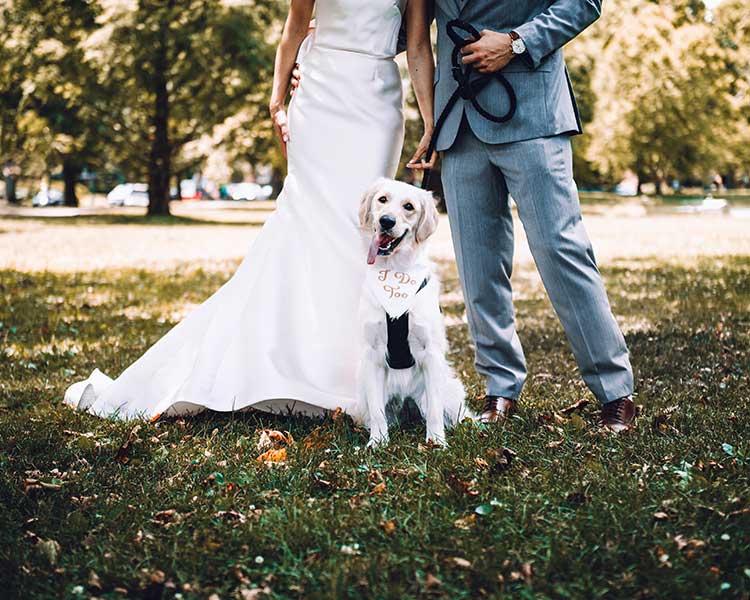

It’s a great piece of a detailed procedure of disaster plan for dogs. I liked how you suggested considering what disasters might be present based off where we live so we can plan accordingly. I personally believe that preparing our pet is similar to preparing our child. So, I will try to apply your concept, hope my pup will get a strong support. Thanks for explaining!
Thank you so much for your comments! I’m glad you found this article helpful, but hope you never have to use the information it relays. 🙂